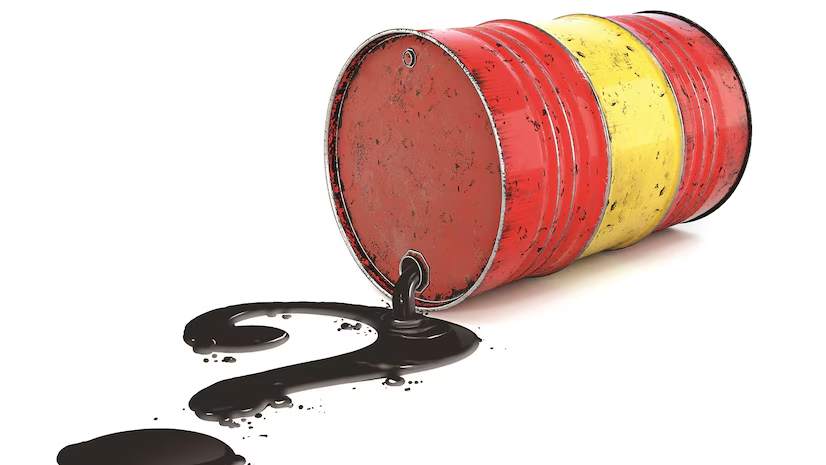Multiple bearish factors highlight the continuous fifth-day decline in international oil prices
Oil prices are heavily impacted, related to the recent poor performance of the U.S. job market.
On August 22, international oil prices fell for the fifth consecutive trading day. Brent crude futures dropped by 10 cents to $75.95 per barrel; WTI crude futures fell by 23 cents to $71.70 per barrel.
Since August 15, international oil prices have been in a continuous downtrend, with the WTI October contract down by 6.9% to date, and Brent futures down by 6.4% over the same period.
Oil prices have been severely impacted, related to the recent poor performance of the U.S. job market.
Earlier yesterday, according to the U.S. Bureau of Labor Statistics, the non-farm employment figures for the period from April 2023 to March 2024 were revised down by as much as 800,000 people, and the revised non-farm data for July was "shrunk" to 114,000 people, with the unemployment rate climbing back to 4.3%.
In response to this data, the consensus on Wall Street is that the U.S. labor market is not as strong as imagined, and the cooling of the job market may take longer or last longer, and the data may also affect the tone of Federal Reserve Chairman Powell's speech at the Jackson Hole Global Central Bank Annual Meeting on Friday.
Analysts from the commodity research institution Price Futures Group said, "The market is now shifting from pricing in economic strength to pricing in a potential hard landing, which is also the reason why oil prices are reluctant to rise."
Additionally, as the world's second-largest economy and the largest oil importer, China's economic data released last week was weak, further exacerbating the weakness of oil prices. Adding to the woes, investors also expect that starting in October, some countries in OPEC+ will begin to cancel some voluntary production reduction measures, and the oil market may face more supply shocks.
Priyanka Sachdeva, a senior market analyst at Phillip Nova, said, "Global demand weakness and the potential threat of OPEC+ suspending production cuts are dragging down oil. What will happen to OPEC+'s production in the fourth quarter if production cuts are canceled? This market concern has intensified the weakness of prices."
He continued, "The downward pressure on prices makes the possibility of OPEC+ canceling production cuts increasingly likely, and if this cannot be achieved, it is likely to put further pressure on prices."
On the other hand, due to the United States, Israel, and Hamas trying to reach a ceasefire agreement, concerns about the Israel-Gaza war have eased over the past week, although the United States' diplomatic efforts earlier this week ultimately failed to reach a ceasefire agreement.
IG said in an email, "It seems that the catalysts for oil to rise may be limited at present, as the possibility of a ceasefire in the Middle East is increasing, and market participants are pricing in some geopolitical risks." He added, "Although the U.S. economic situation supports the upcoming easing policy, it cannot provide too much assurance for the strengthening of the oil demand outlook."
According to a report released by the U.S. government on Wednesday, in the week ending August 16, U.S. crude oil, gasoline, and distillate inventories have declined, and the utilization rate of refineries has also increased, but this still cannot stop the downward trend of crude oil.
Citigroup believes, "Although crude oil and other major product inventories have decreased... the weak Chinese oil import data and the low demand for U.S. middle distillates have effectively reduced the geopolitical risk premium for oil products."

·Original
Disclaimer: The views in this article are from the original Creator and do not represent the views or position of Hawk Insight. The content of the article is for reference, communication and learning only, and does not constitute investment advice. If it involves copyright issues, please contact us for deletion.